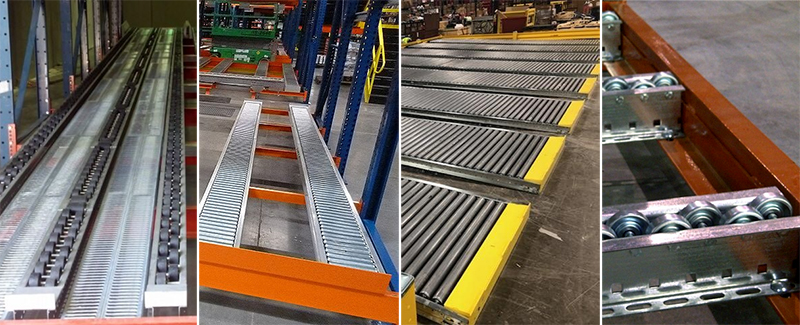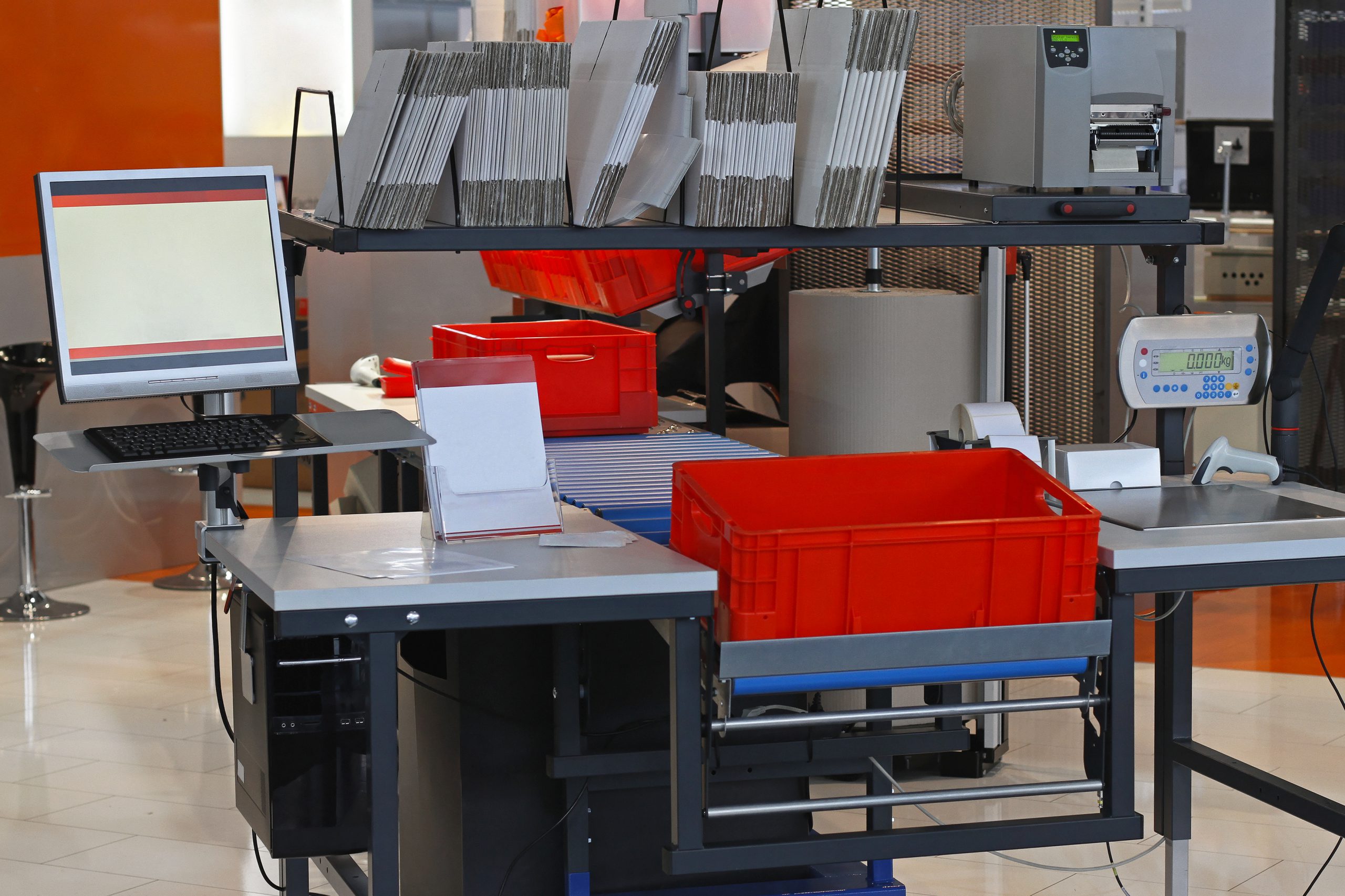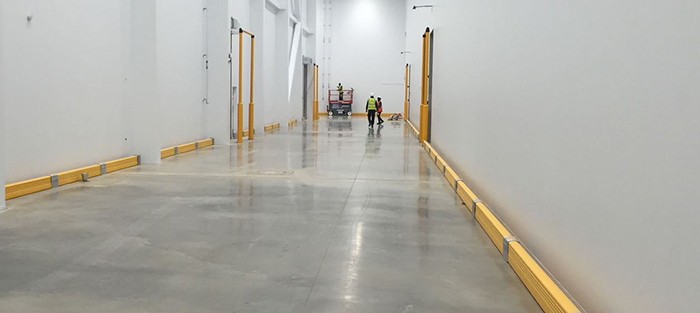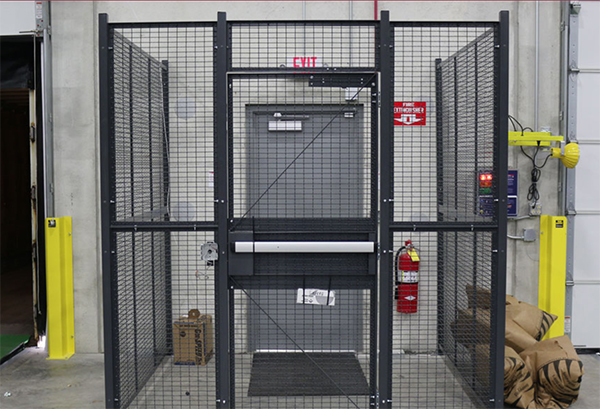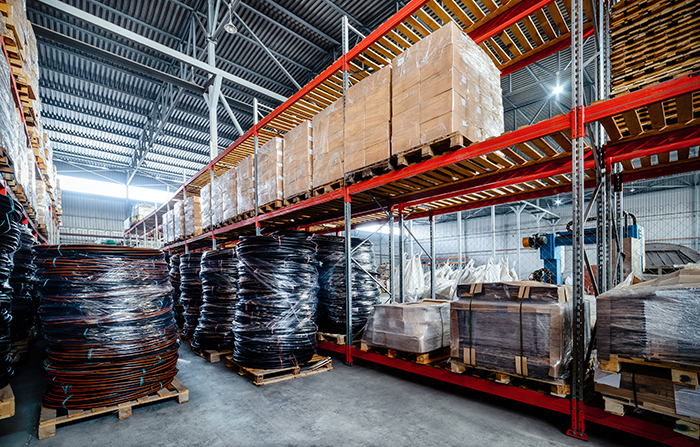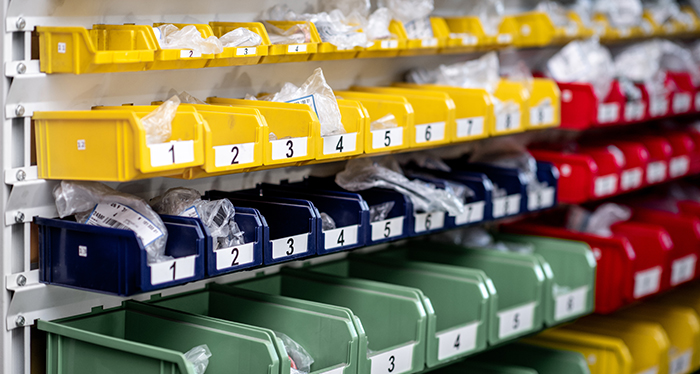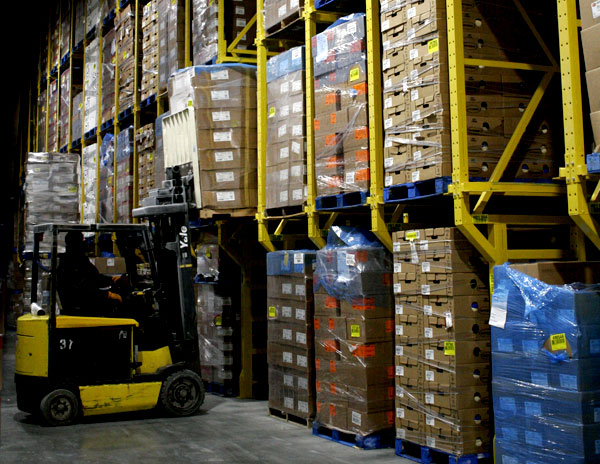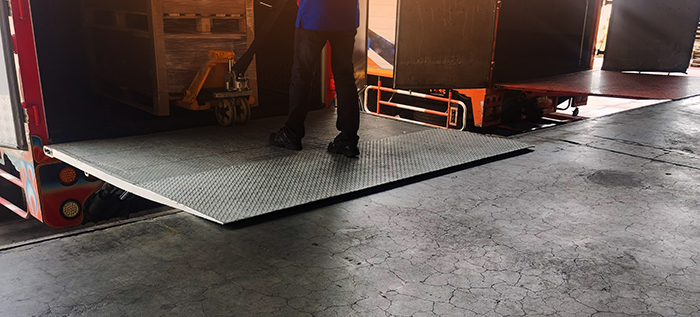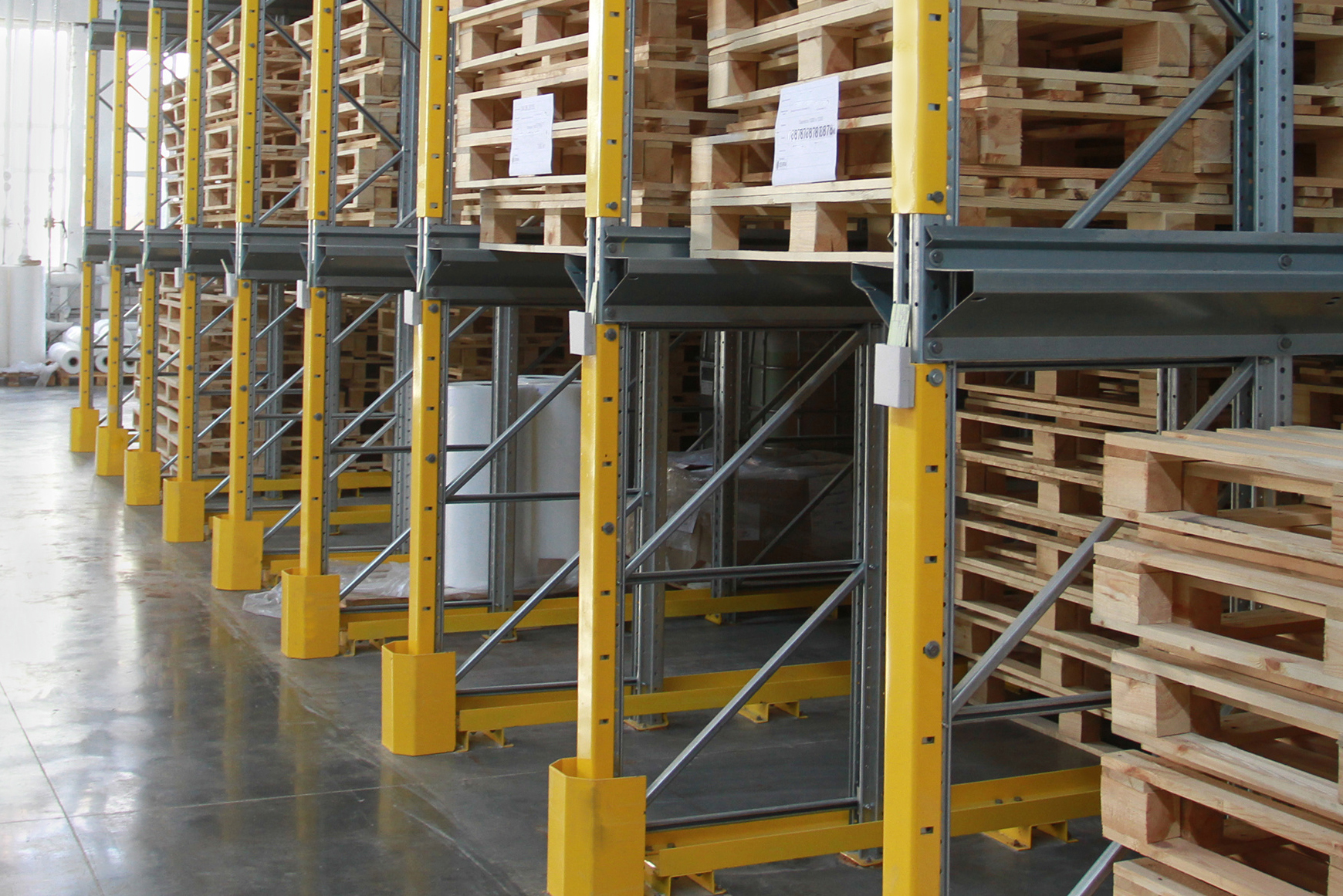
Traffic coming and going within your facility’s pallet rack storage areas is a daily occurrence (or at least it better be!) and the higher the traffic, the better off your operations are probably doing. With tight supply chains, inventory shortages, longer lead times and limited patience from customers, movement around your rack is a constant. You can’t afford an accident. With that constant activity comes the potential for rack and inventory damage from various angles and situations. With that in mind, what are some simple ways you can protect your pallet rack?




